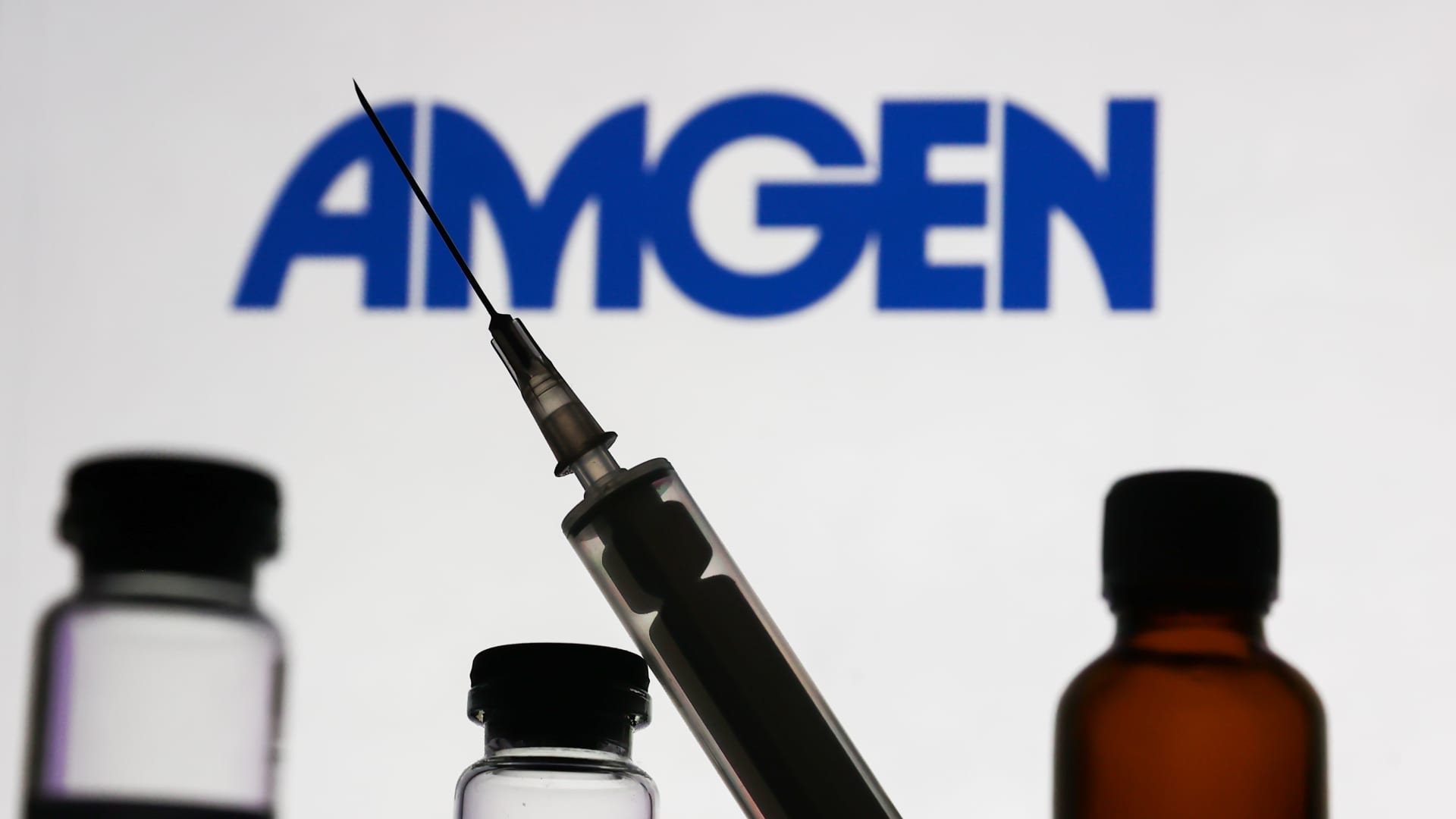There’s been a shift in Bank of America’s business-cycle metric that is good news for certain dividend stocks. The bank’s U.S. Regime Indicator strengthened for the second month in August, confirming a recovery phase, according to equity and quant strategist Savita Subramanian. The indicator, which measures a mix of economic and corporate data, has been moving in and out of recovery since February 2022 amid the volatility in macro signals and inflation uncertainty, she said. Among the strategies that worked during recovery phases in the past is high-dividend yield, she wrote in a note Monday. It relatively outperformed the equal-weighted S & P 500 by an average 5.6% in unconstrained investment styles, which have big sector tilts, and by an average 4.5% in a sector-neutral style, she said. These days, dividends may also play a heavier role in total returns than it did in the last decade, Subramanian said. However, investors need to focus on more than just yield when choosing investments, especially because high dividends could be signs of distress within a company. “If we are returning to a total return world in which the contribution of dividends to total market returns could be higher than during the zero interest rates period, we suggest that investors seek out companies with above-market but not stretched dividend yields,” Subramanian said. The S & P 500 index as a whole currently yields 1.18%. To find those stocks, she and her team calculated and ranked companies in the Russell 1000 by their trailing 12-month yield. Those in the second quintile of dividend yielders are less likely to include distressed companies that may migrate up to the first quintile, the highest dividend yield group, if their stock price falls ahead of potential dividend cuts, she said. The second quintile also incorporates a “buy low, sell high” valuation discipline, so that if prices rise faster than dividends grow, they move down to the third quintile. Here are some of the names that made Subramanian’s screen for September. Regions Financial is one of many financials on Bank of America’s list. The regional bank, which operates in the South, Midwest and Texas, yields 3.92% and has gained nearly 16% this year. The stock has an average rating of overweight and 6.2% upside to the average price target, according to FactSet. Among those bullish on Regions Financial is D.A. Davidson, which rates it a buy and recently added it to its “best-of-breed” list that focuses on long-term best-in-class companies. “Key aspects of ‘Best-of-Breed Bison’ methodology where RF stands out vs. peers are led by its sustainable competitive moat, favorable market dynamics within its Southern franchise, and peer leading profitability in terms of ROTCE [return on average tangible common equity] for 4 straight years,” analyst Peter Winter wrote in an Aug. 27 note. AvalonBay Communities is also loved by analysts, with an average rating of overweight and nearly 12% upside to the average price target, per FactSet. The real estate investment trust develops, acquires and manages apartment communities. It has a 3.57% dividend yield and has lost nearly 11% year to date. AVB YTD mountain AvalonBay Communities year to date Meanwhile, Exelon yields 3.68% and is up about 15% this year. During its most recent earnings call in July, the utility company spoke about the pent-up demand for electricity amid the data-center boom. CEO Calvin Butler said Exelon has 17 gigawatts of data center customers in the pipeline and another 16 gigawatts he expects to become part of the pipeline by the end of the year. The stock has an average rating of hold and 8.5% upside to the average price target, according to FactSet. Lastly, Amgen has a 3.43% dividend yield and rose more than 6% so far this year. The biotech company announced earlier this month it will spend more than $600 million to build a new research and development facility in California. It was the company’s latest investment in the U.S. and comes at a time when the industry is looking to increase their presence in the country amid President Donald Trump’s tariff threats. AMGN YTD mountain Amgen year to date Amgen said it has invested almost $5 billion in direct U.S. capital expenditures since the passage of the Tax Cuts and Jobs Act of 2017. The stock has an average analyst rating of overweight and 12% upside to the average price target, per FactSet. (Learn the best 2026 strategies from inside the NYSE with Josh Brown and others at CNBC PRO Live. Tickets and info here .)





